Home>Furniture & Design>Interior Design Trends>What Is Glass Cullet
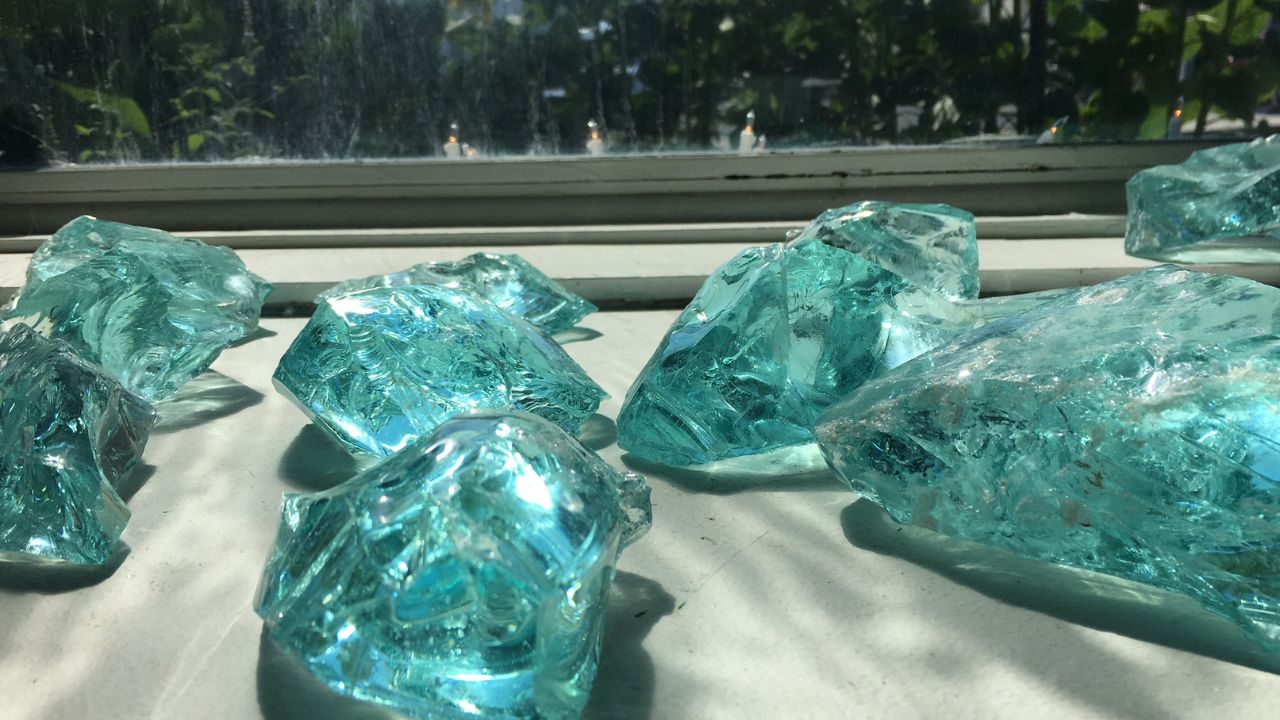

Interior Design Trends
What Is Glass Cullet
Modified: February 18, 2024
Discover the latest interior design trends with glass cullet. Learn how this sustainable material can elevate your space and add a touch of modern elegance. Explore the possibilities today!
(Many of the links in this article redirect to a specific reviewed product. Your purchase of these products through affiliate links helps to generate commission for Storables.com, at no extra cost. Learn more)
Introduction
Glass cullet is a fascinating and versatile material that has gained significant attention in the interior design and construction industries. This recycled glass product has emerged as a sustainable and aesthetically appealing alternative to traditional materials, offering a myriad of benefits for both commercial and residential applications.
Glass cullet is a finely crushed and processed form of recycled glass, which is derived from various sources, including post-consumer glass bottles, windows, and other glass products. This eco-friendly material undergoes a meticulous transformation process, resulting in a finely textured substance that can be utilized in diverse design and construction projects.
The growing emphasis on sustainability and environmental consciousness has propelled the popularity of glass cullet as a preferred choice for architects, interior designers, and homeowners alike. Its unique blend of eco-friendliness, durability, and aesthetic appeal has positioned it as a frontrunner in the quest for sustainable design solutions.
As the demand for eco-conscious design materials continues to surge, glass cullet has emerged as a frontrunner in the quest for sustainable design solutions. Its ability to seamlessly integrate with various design styles and architectural concepts makes it a highly sought-after material in the contemporary design landscape.
In the subsequent sections of this article, we will delve deeper into the definition, benefits, production process, applications, and environmental impact of glass cullet. By exploring these facets, we aim to provide a comprehensive understanding of this innovative material and its pivotal role in shaping the future of interior design and construction.
Key Takeaways:
- Glass cullet is a sustainable and versatile material made from recycled glass, reducing the need for raw materials and promoting energy efficiency in interior design and construction.
- Its eco-friendly nature, aesthetic appeal, and customizable potential make glass cullet a frontrunner in sustainable design, offering durability, resource conservation, and visually captivating elements for various applications.
Read more: What Is EAPG Glass
Definition of Glass Cullet
Glass cullet refers to finely crushed and processed recycled glass, which is meticulously transformed into a versatile material suitable for a wide array of design and construction applications. This sustainable substance is derived from post-consumer glass products such as bottles, windows, and glassware, which undergo a rigorous recycling process to produce a finely textured material known as cullet.
The production of glass cullet involves collecting discarded glass items, which are then sorted, cleaned, and crushed into small, uniform particles. These particles are further processed to remove impurities and contaminants, resulting in a refined form of recycled glass that exhibits exceptional clarity and durability.
One of the defining characteristics of glass cullet is its eco-friendly nature, as it significantly reduces the demand for raw materials and minimizes the environmental impact associated with traditional glass production. By repurposing discarded glass items, cullet plays a pivotal role in promoting sustainability and resource conservation within the design and construction industries.
Furthermore, the versatility of glass cullet extends beyond its environmental benefits, as it offers a visually captivating and customizable material for various design applications. Its inherent translucency and reflective properties make it an ideal choice for creating stunning decorative elements, countertops, flooring, and other architectural features.
In essence, glass cullet embodies the ethos of sustainable design by seamlessly blending environmental responsibility with aesthetic appeal. Its ability to breathe new life into discarded glass items while offering a visually striking and durable material underscores its significance in the realm of contemporary design and construction.
As the demand for sustainable design solutions continues to gain momentum, glass cullet stands as a shining example of innovation and eco-consciousness, redefining the possibilities of recycled materials in interior design and construction.
This section provides a comprehensive overview of the definition of glass cullet, shedding light on its origins, production process, and the inherent qualities that make it a compelling choice for sustainable design applications.
Benefits of Using Glass Cullet
Glass cullet offers a plethora of compelling benefits that have positioned it as a highly sought-after material in the realm of interior design and construction. From its eco-friendly attributes to its aesthetic versatility, the advantages of utilizing glass cullet extend far beyond conventional design materials.
1. Environmental Sustainability
Glass cullet serves as a beacon of environmental sustainability, significantly reducing the need for raw materials and curbing the energy consumption associated with traditional glass production. By repurposing discarded glass items, cullet minimizes the environmental impact of glass manufacturing processes, making it a pivotal component of sustainable design initiatives.
2. Resource Conservation
The utilization of glass cullet contributes to the conservation of natural resources, as it diminishes the reliance on virgin materials for glass production. This reduction in raw material consumption helps preserve natural resources and mitigates the ecological footprint associated with extracting and processing raw materials.
Read more: What Is Mineral Glass
3. Energy Efficiency
Incorporating glass cullet into design and construction projects promotes energy efficiency, as the production of recycled glass requires less energy compared to the manufacturing of new glass. This energy-saving attribute aligns with the principles of sustainable design, fostering a more environmentally conscious approach to material sourcing and utilization.
4. Aesthetic Versatility
Glass cullet offers unparalleled aesthetic versatility, allowing designers and architects to unleash their creativity and craft visually captivating elements. Its inherent translucency and reflective properties enable the creation of stunning decorative features, countertops, flooring, and architectural accents, adding a touch of elegance and sophistication to interior spaces.
5. Durability and Longevity
Recycled glass cullet exhibits exceptional durability and longevity, making it an ideal choice for various design applications. Its robust nature ensures longevity, contributing to the resilience and longevity of design elements, thereby reducing the need for frequent replacements and minimizing waste generation.
6. Customization Potential
The customizable nature of glass cullet empowers designers to tailor its appearance and characteristics to suit specific design requirements. Whether it's incorporating vibrant colors, creating unique patterns, or adjusting texture and transparency, glass cullet offers endless possibilities for customization, enabling the realization of bespoke design concepts.
In summary, the benefits of using glass cullet extend beyond its eco-friendly attributes, encompassing aesthetic versatility, durability, and resource conservation. As the design and construction industries continue to embrace sustainable practices, glass cullet stands as a beacon of innovation, offering a compelling blend of environmental responsibility and design excellence.
Read more: What Is A Glass Ceiling
Process of Making Glass Cullet
The process of making glass cullet involves a series of meticulous steps aimed at transforming discarded glass items into a refined and versatile material suitable for a wide range of design and construction applications. This intricate process begins with the collection of post-consumer glass products, including bottles, windows, and glassware, which serve as the primary source material for cullet production.
Once collected, the glass items undergo a rigorous sorting and cleaning process to remove any contaminants or impurities. This initial phase is crucial in ensuring the quality and purity of the recycled glass, laying the foundation for the subsequent stages of the production process.
Following the cleaning phase, the sorted glass items are crushed into small, uniform particles, resulting in raw cullet that forms the basis for further refinement. The crushed glass undergoes meticulous processing to remove any remaining impurities, such as labels, caps, or other non-glass elements, ensuring that the cullet meets stringent quality standards.
The refined cullet is then subjected to a precise melting and molding process, where it is heated to high temperatures and shaped into the desired form. This stage of the production process is essential in enhancing the clarity and texture of the glass cullet, resulting in a finely textured material that exhibits exceptional translucency and reflective properties.
Once the cullet has been molded and cooled, it undergoes a final inspection to ensure that it meets the required specifications for quality and consistency. This rigorous quality control process guarantees that the glass cullet is free from defects and possesses the desired characteristics, making it suitable for a diverse array of design and construction applications.
The culmination of these intricate steps yields a sustainable and visually captivating material that embodies the principles of eco-conscious design. The process of making glass cullet exemplifies the seamless integration of sustainability and innovation, offering a compelling solution for architects, interior designers, and construction professionals seeking to incorporate sustainable materials into their projects.
In essence, the production process of glass cullet underscores the transformative power of recycling, breathing new life into discarded glass items and paving the way for a more sustainable and environmentally responsible approach to design and construction.
Applications of Glass Cullet
Glass cullet's versatility extends to a wide spectrum of design and construction applications, making it a prized material for architects, interior designers, and homeowners seeking sustainable and visually captivating solutions. The unique properties of glass cullet, including its translucency, reflective nature, and customizable characteristics, render it suitable for an array of creative endeavors.
1. Decorative Elements
Glass cullet serves as an exquisite choice for creating decorative elements that infuse spaces with elegance and sophistication. Whether used in wall panels, lighting fixtures, or ornamental accents, the inherent translucency of glass cullet allows for the manipulation of light, resulting in mesmerizing visual effects that elevate the ambiance of interior spaces.
2. Countertops and Surfaces
The durability and aesthetic appeal of glass cullet make it an ideal material for crafting stunning countertops and surfaces. Its customizable nature enables the incorporation of vibrant colors and unique patterns, offering a bespoke touch to kitchen counters, tabletops, and other surface applications, while its resilience ensures longevity and ease of maintenance.
Read more: What Is OEM Glass
3. Flooring
Glass cullet finds its place in innovative flooring solutions, where its reflective properties add a touch of glamour to interior spaces. Whether used in residential or commercial settings, glass cullet flooring creates a captivating visual impact, infusing spaces with a sense of modernity and sophistication.
4. Architectural Accents
From feature walls to sculptural installations, glass cullet lends itself to the creation of striking architectural accents that redefine spatial aesthetics. Its ability to seamlessly integrate with various design styles allows for the realization of captivating architectural elements that serve as focal points within interior and exterior environments.
5. Artistic Installations
The artistic potential of glass cullet transcends traditional design applications, offering a medium for creating captivating art installations and sculptural pieces. Its malleable nature and ability to capture and refract light make it a favored material for artists and sculptors seeking to evoke emotive and visually engaging experiences through their creations.
In essence, the applications of glass cullet span a diverse range of design and construction endeavors, offering a sustainable and visually captivating alternative to conventional materials. Its ability to transform spaces, evoke emotions, and contribute to the ethos of sustainable design underscores its significance as a material poised to shape the future of interior design and construction.
Environmental Impact of Glass Cullet
The environmental impact of glass cullet reverberates across the realms of sustainability, resource conservation, and ecological responsibility. As a recycled material, glass cullet plays a pivotal role in mitigating the environmental repercussions associated with traditional glass production, offering a compelling solution for reducing waste generation and curbing the depletion of natural resources.
One of the most significant environmental benefits of glass cullet lies in its ability to diminish the demand for raw materials required in the manufacturing of new glass. By repurposing discarded glass items, cullet significantly reduces the extraction of sand, soda ash, and limestone, which are essential components in conventional glass production. This reduction in raw material consumption translates to a tangible conservation of natural resources, contributing to the preservation of delicate ecosystems and minimizing the ecological footprint of glass manufacturing processes.
Furthermore, the utilization of glass cullet promotes energy efficiency, as the production of recycled glass requires less energy compared to the manufacturing of new glass. The energy-saving attributes of cullet production align with the principles of sustainable design, fostering a more environmentally conscious approach to material sourcing and utilization. This reduction in energy consumption not only contributes to lower greenhouse gas emissions but also underscores the role of glass cullet as a catalyst for sustainable innovation within the design and construction industries.
In addition to its resource conservation and energy efficiency benefits, glass cullet serves as a potent tool for waste reduction and landfill diversion. By diverting discarded glass items from landfills and repurposing them into a valuable material, cullet minimizes the environmental burden associated with glass waste disposal. This waste diversion aspect of glass cullet underscores its capacity to foster a circular economy, where materials are continuously recycled and reintegrated into the production cycle, reducing the strain on landfill capacities and promoting a more sustainable waste management paradigm.
In essence, the environmental impact of glass cullet extends far beyond its immediate applications, resonating with the core tenets of sustainability and environmental stewardship. Its role in conserving natural resources, reducing energy consumption, and diverting glass waste from landfills underscores its significance as a transformative material that embodies the ethos of eco-conscious design. As the design and construction industries continue to prioritize sustainable practices, glass cullet stands as a beacon of innovation, offering a compelling blend of environmental responsibility and design excellence.
Read more: What Is Pyrex Glass
Conclusion
In conclusion, glass cullet stands as a testament to the transformative power of sustainable design, offering a compelling blend of environmental responsibility, aesthetic versatility, and innovative potential. Its journey from discarded glass items to a refined and versatile material exemplifies the seamless integration of recycling, resource conservation, and creative ingenuity within the realms of interior design and construction.
The widespread adoption of glass cullet signifies a paradigm shift in the approach to material sourcing and utilization, reflecting a collective commitment to environmental stewardship and sustainable innovation. Its ability to reduce the demand for raw materials, conserve energy, and divert glass waste from landfills underscores its pivotal role in shaping a more sustainable and eco-conscious future for the design and construction industries.
Furthermore, the aesthetic allure and customizable nature of glass cullet position it as a material of choice for architects, interior designers, and homeowners seeking to infuse spaces with elegance, sophistication, and a touch of eco-friendly charm. From decorative elements to countertops, flooring, and artistic installations, glass cullet offers a canvas for creative expression while embodying the principles of sustainable design.
As the demand for eco-conscious design solutions continues to gain momentum, glass cullet emerges as a frontrunner in the quest for sustainable materials that seamlessly blend environmental responsibility with design excellence. Its ability to transform spaces, evoke emotions, and contribute to the ethos of sustainable design underscores its significance as a material poised to shape the future of interior design and construction.
In essence, glass cullet transcends its role as a recycled material, embodying a narrative of renewal, innovation, and environmental consciousness. Its journey from discarded glass to a refined, versatile material reflects the collective commitment to redefining the possibilities of sustainable materials in interior design and construction. As the design and construction industries continue to embrace sustainable practices, glass cullet stands as a beacon of innovation, offering a compelling blend of environmental responsibility and design excellence.
Frequently Asked Questions about What Is Glass Cullet
Was this page helpful?
At Storables.com, we guarantee accurate and reliable information. Our content, validated by Expert Board Contributors, is crafted following stringent Editorial Policies. We're committed to providing you with well-researched, expert-backed insights for all your informational needs.
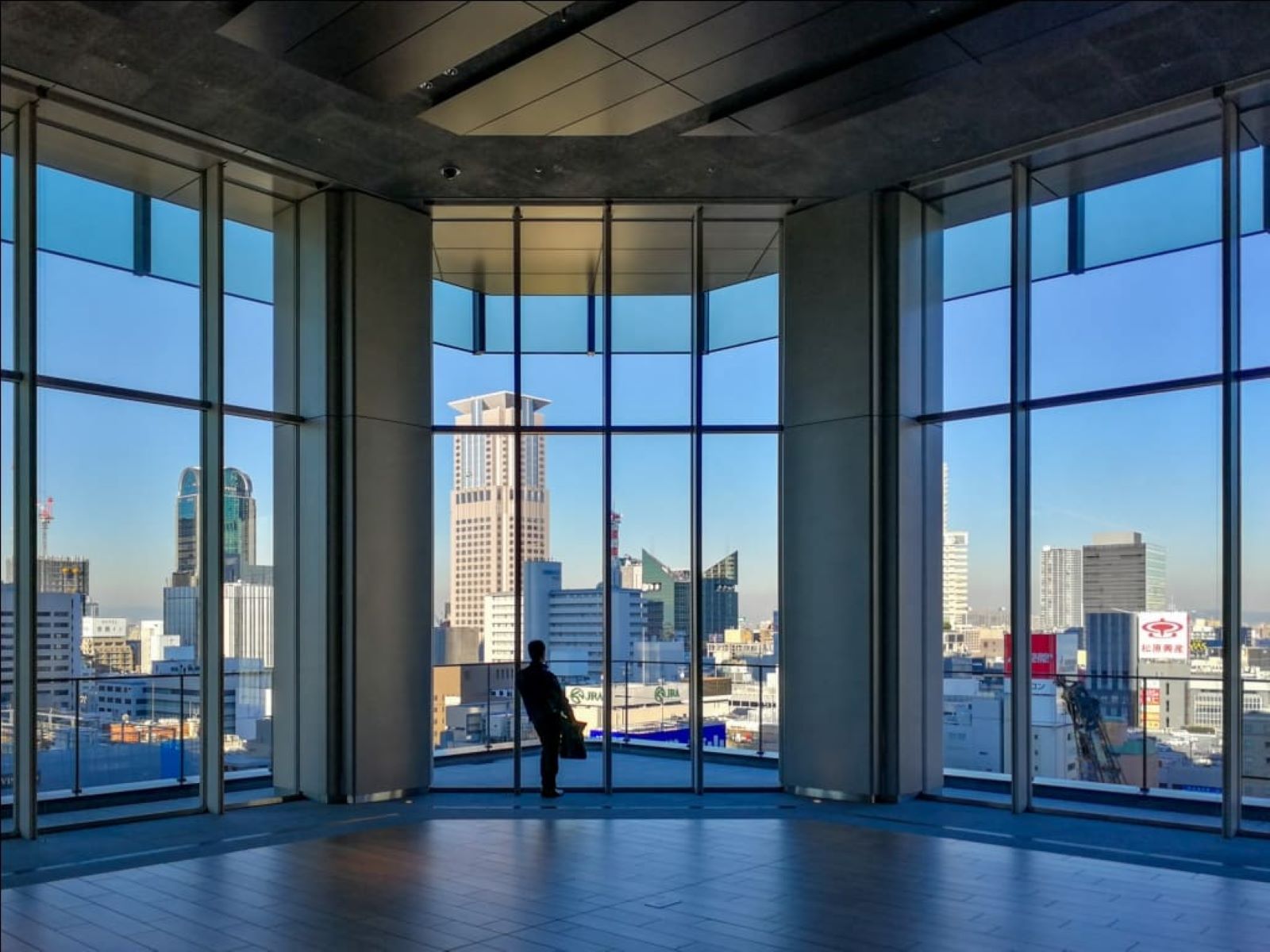
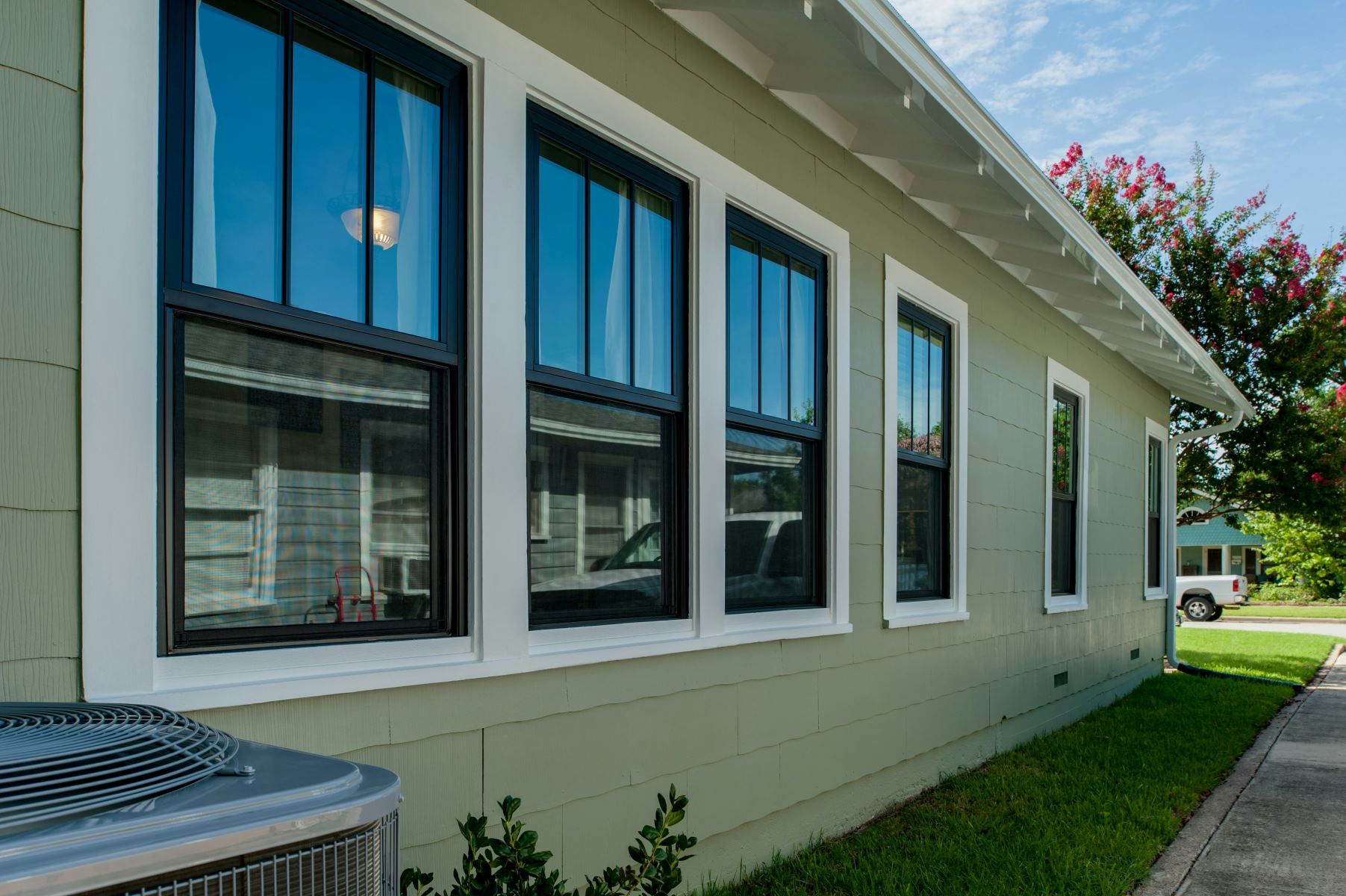



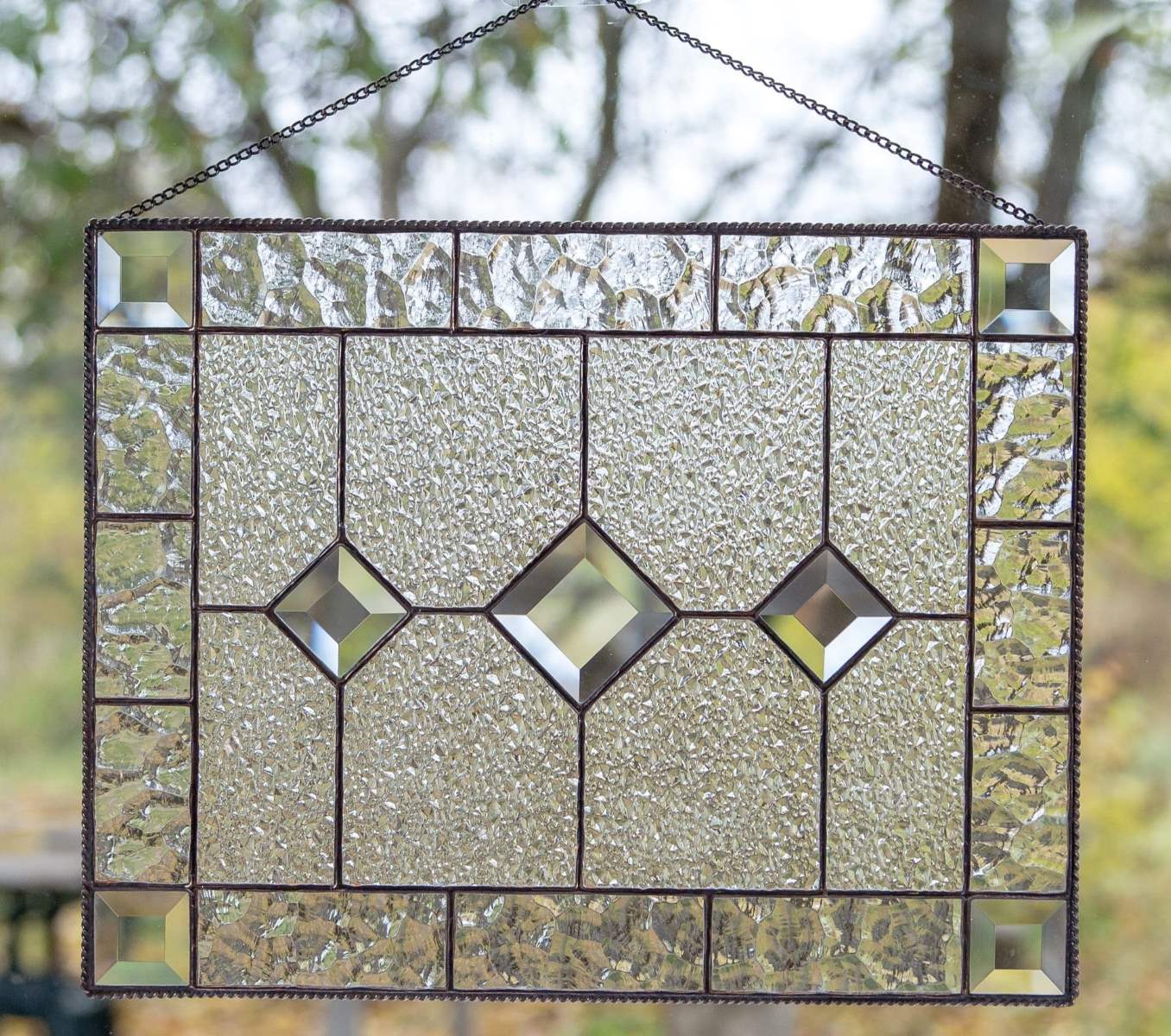
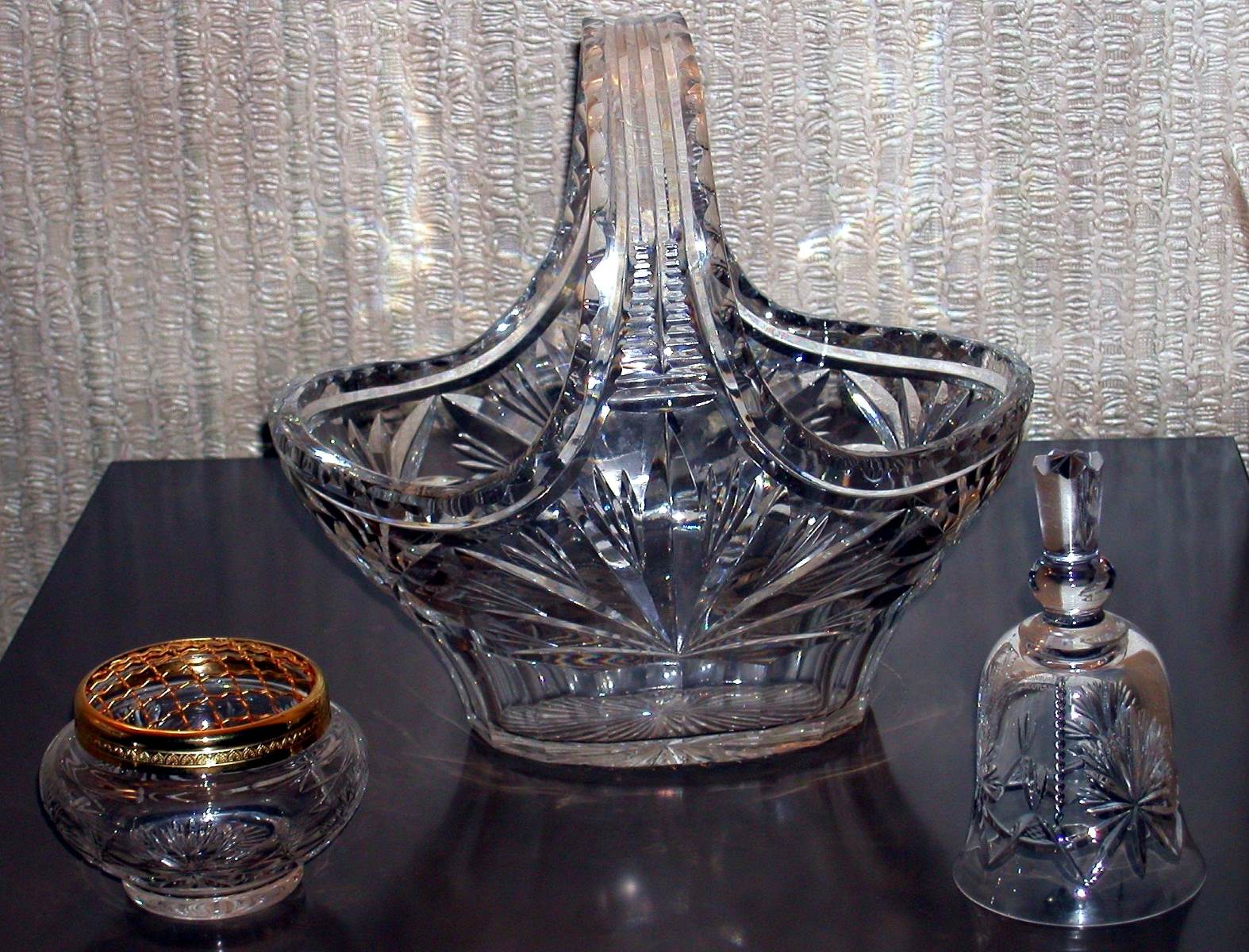

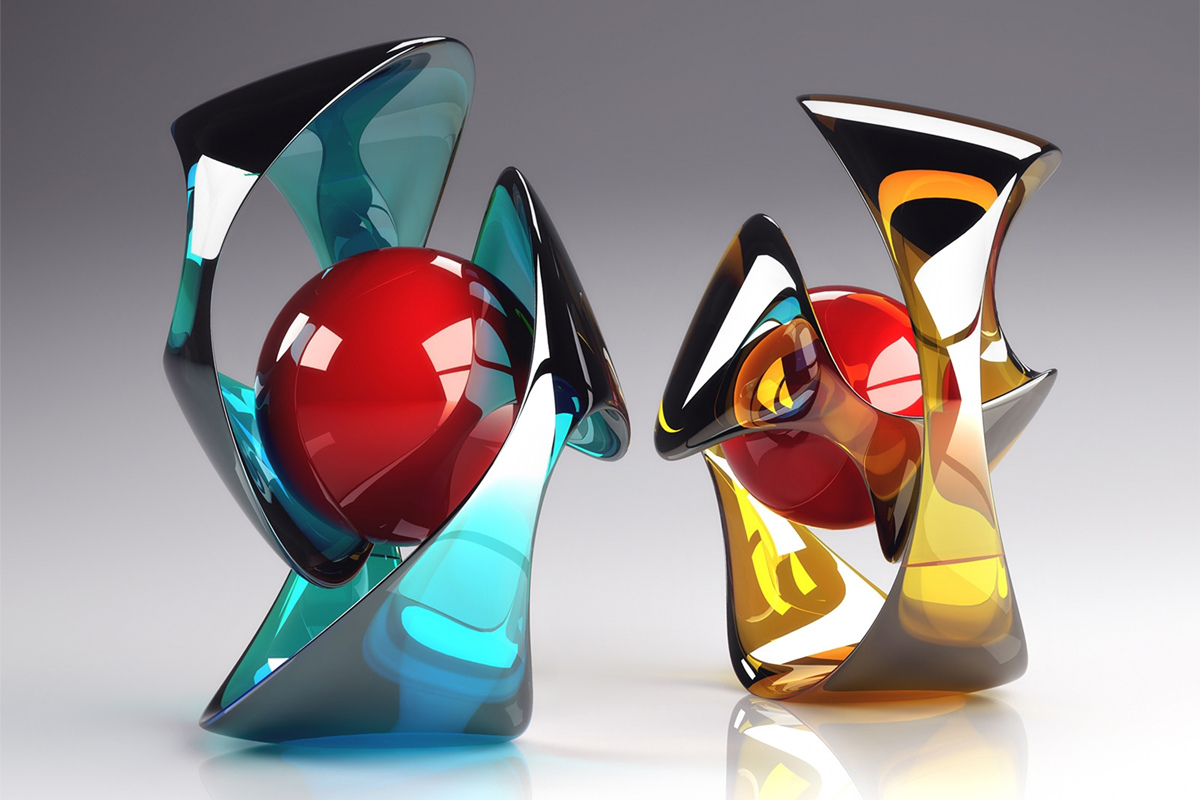
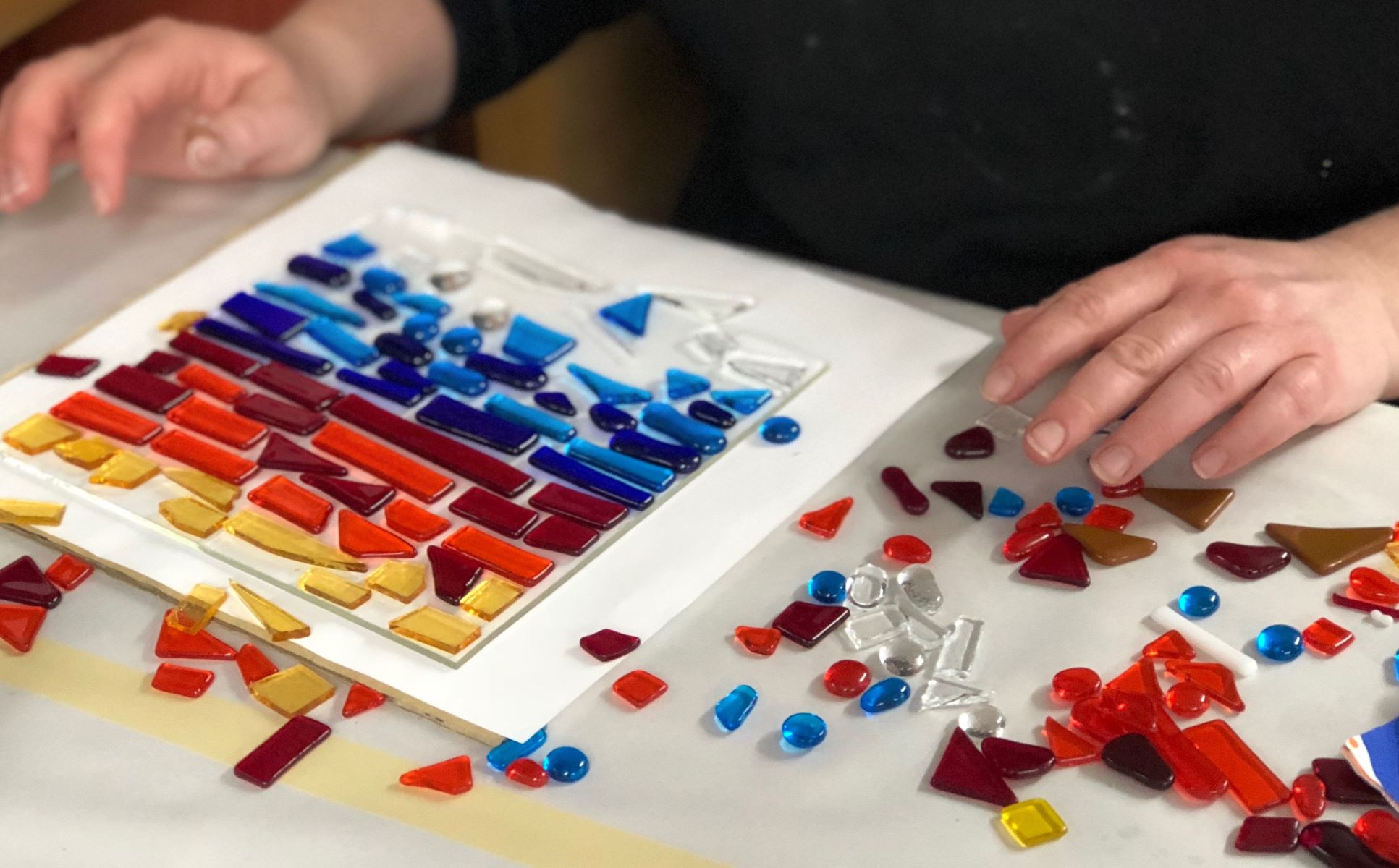
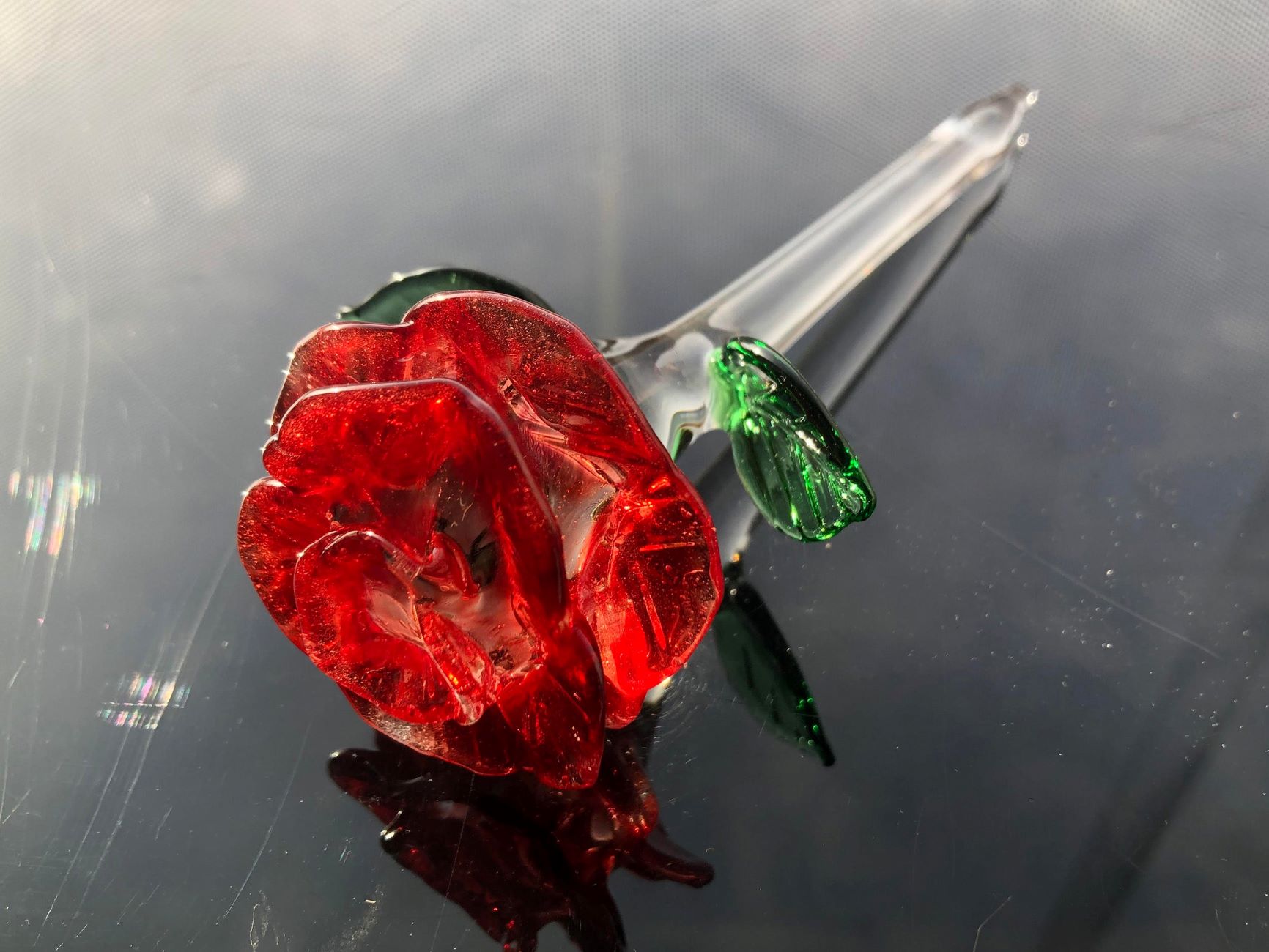

0 thoughts on “What Is Glass Cullet”